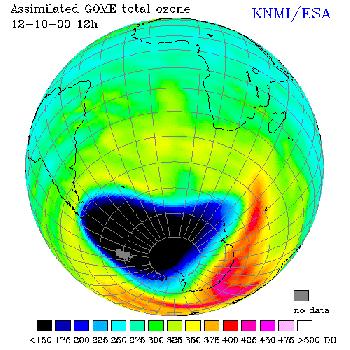
What is Ozone Hole?
The ozone hole is a thinning break in the ozone layer. A depletion in the ozone layers called an ‘ozone hole’ when the detected amount of depletion exceeds 50%. It was first discovered over the South Pole in the 1980s.
I THE PHYSICS
#1: Where is it?
Seasonal Ozone holes have been observed over the Antarctic and the Arctic regions, parts of Canada and extreme north eastern US.
Geographically, it currently covers a region a little bigger than Antarctica and extends nearly 10 kilometers in altitude in the lower stratosphere.
#2: How big is it?
9.4 million square miles at its peak between September and mid-October this year, which is slightly larger than last year’s peak.
Largest ever size recorded 10.1 million square miles in 1998.
For 10 of the past 12 years, the Antarctic ozone hole has been larger than 7.7 million square miles.
Before 1985, it measured less than 4 million square miles.
II THE CHEMISTRY
#1: CFCs released, hit ozone layer.
#2: Ultra Violet rays break CFCs to release chlorine
#3: Released chlorine breaks ozone to form oxygen and chlorine monoxide, thus depleting the ozone layer.
III THE EFFECT
At ground level, ozone is a health hazard – a major constituent of photochemical smog. In the stratosphere, we could not survive without it. It absorbs sun’s harmful ultra-violet radiation, which can cause skin cancer, cataract and damage vegetation, among other things.

